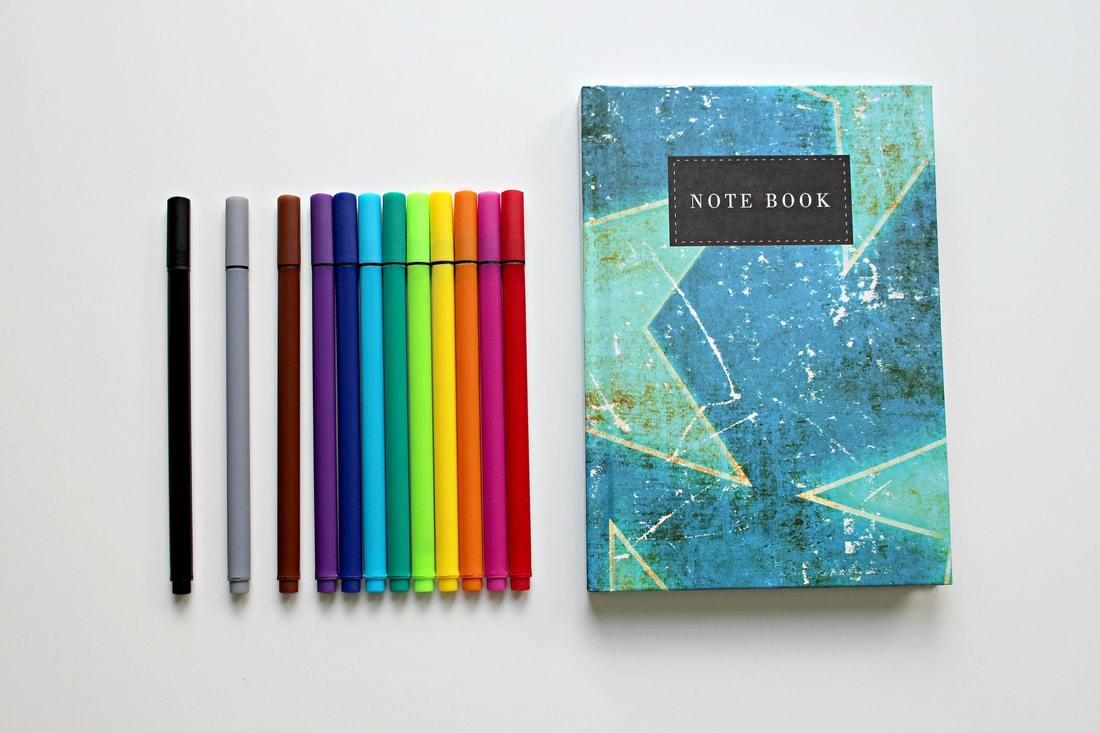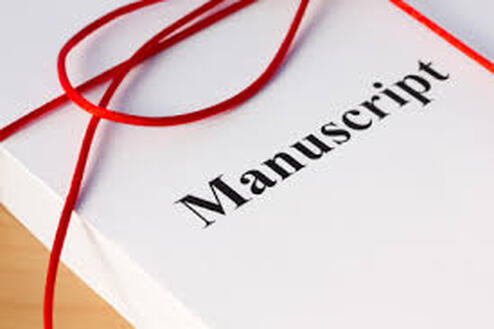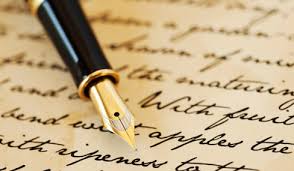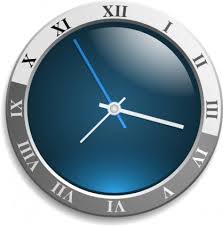Maybe you’ve been thinking about it, or maybe your children or grandchildren are nagging you to do it.
Whatever the case, you now have 6 more than compelling reasons that will make you want to put pen to paper, or hand to keyboard, straight away.
1. Leave A Legacy For Your Family
This is often the reason that resonates most with older people.
Writing the story of your life will ensure that you’re not just a name on a family tree. Think of it as achieving your own little piece of immortality.
The generations that follow you will know and understand who you were, what shaped and influenced your life, and what life was like in your era.
It’s a fundamental human need to know our past, how it links to the present and where we fit in.
By writing your life story you’ll be helping your descendants to understand where they come from and to know themselves better.
2. You Gain A Sense Of Purpose
Telling your story can give you a goal to aim for - a reason to get up in the morning.
You will feel that you are making a contribution to your family and society, that you are part of something that extends beyond yourself.
Older people in particular sometimes feel aimless, and that their life is not of much value or worth to the rest of the world.
Writing your life story is the ideal remedy!
But what if writing your whole life story is too much?
Maybe you could start with a memoir, which covers a particular time or event in your life.
3. Ignite Your Creativity
Writing your life story gives you a chance to be creative.
Transforming your life into words is one of the most creative pursuits you can engage in, and brings a terrific sense of achievement.
You don’t have to be a great writer - even if you’ve written nothing more complicated than a shopping list since you left school, don’t worry.
Just start and learn along the way.
You may surprise yourself, especially if you’ve been an avid reader all your life.
People who read a lot usually have some sort of ability when it comes to putting words on the page, because they’ve subconsciously picked it up from the books they’ve read.
It can be easier if you have a mentor to guide you.
They can help with such things as planning and structuring the book, the writing process and editing, or all three.
Purpose Publishing offers a coaching service for those who are keen to write their own life stories and I offer an obligation free discussion about the best way to approach your book.
If you want your life story written but don’t want to do it yourself, we offer ghostwriting services too.
With this service, our team will write the book for you the way you want, but you are credited as the author.
4. A Boost to Your Health
Writing your life story uses a lot of your mental resources.
Digging deep into your memories, creating the structure of the book and the process of writing it all help to keep your brain active, especially important as you get older.
And being involved in something that you find fulfilling contributes to your overall physical and mental well-being.
5. Cultivate a Connection
Storytelling is one of our most basic forms of communication and we are hardwired to respond to stories.
Through telling your story, you find parts of yourself that are mirrored in others, and vice versa.
As Michelle Obama said, ‘When we share our stories, we are reminded of the humanity in each other.
And when we take the time to understand each other’s stories, we become more forgiving, more empathetic, and more inclusive.’
When others read your life story and make comments such as, ‘I can relate to that,’ or ‘That’s exactly how I felt when that happened to me,’ it gives you a feeling of connection to that person.
Sometimes you think you’re the only person to have reacted in a certain way to an event, or to have had particular thoughts and feelings.
To discover that others have had similar experiences is gratifying - often a relief - and helps you to appreciate being part of humanity as a whole.
6. Understand You, Even Better
Socrates said, ’The unexamined life is not worth living.’
Often it is not until you put your stories down on paper and evaluate the highlights, milestones, struggles and disappointments, that you can put things in perspective and see the big picture.
While we’re in philosopher mode, Danish philosopher Kierkegaard said, ‘Life can only be understood backwards, but must be lived forwards.’
Writing your story enables you to acknowledge your strengths and weaknesses, lessons you’ve learned and how you’ve overcome obstacles.
You can see patterns in your actions and behaviors which perhaps you hadn’t noticed before.
You'll see how everything that has happened in your life, good and bad, has led you to where you are today.
This kind of clarity and insight can only be achieved from reviewing your past can also result in changing your future.
You may decide to go on a long-desired trip, write that novel or take those art classes, visit the friend you haven’t seen in 20 years.
The feeling of accomplishment in getting your life story into print is indescribable.
It's an achievement that you can be reminded of every time you look at your bookshelf. If you need help, schedule a call with us now. We are here to help.
To Your Success,
MG

















 RSS Feed
RSS Feed
